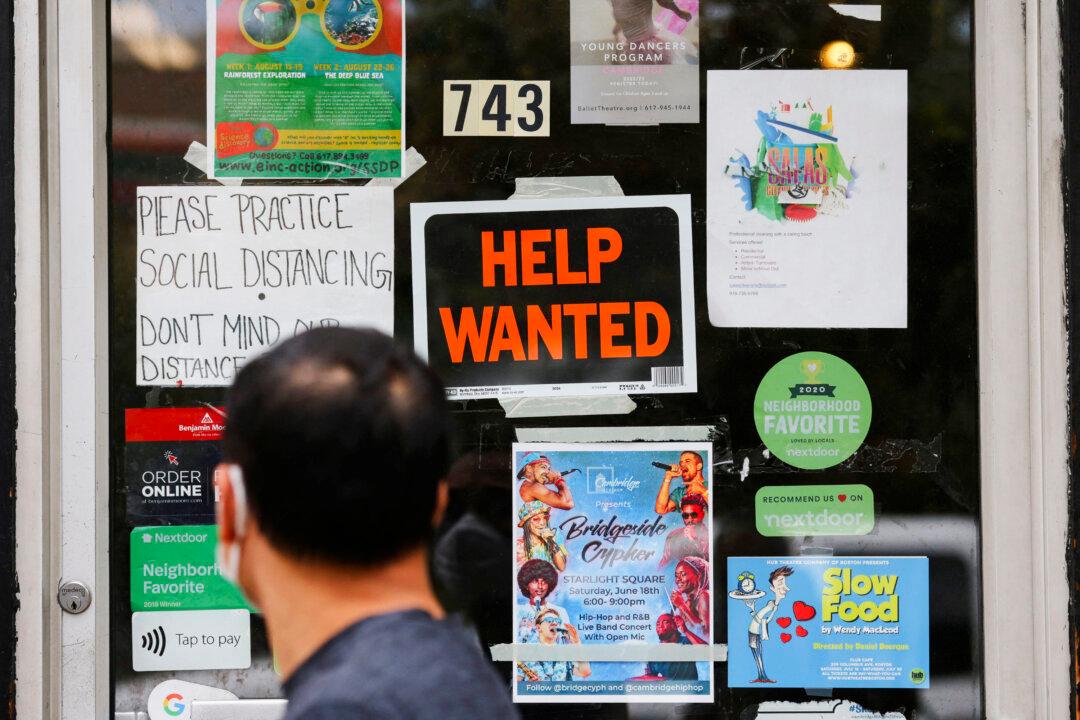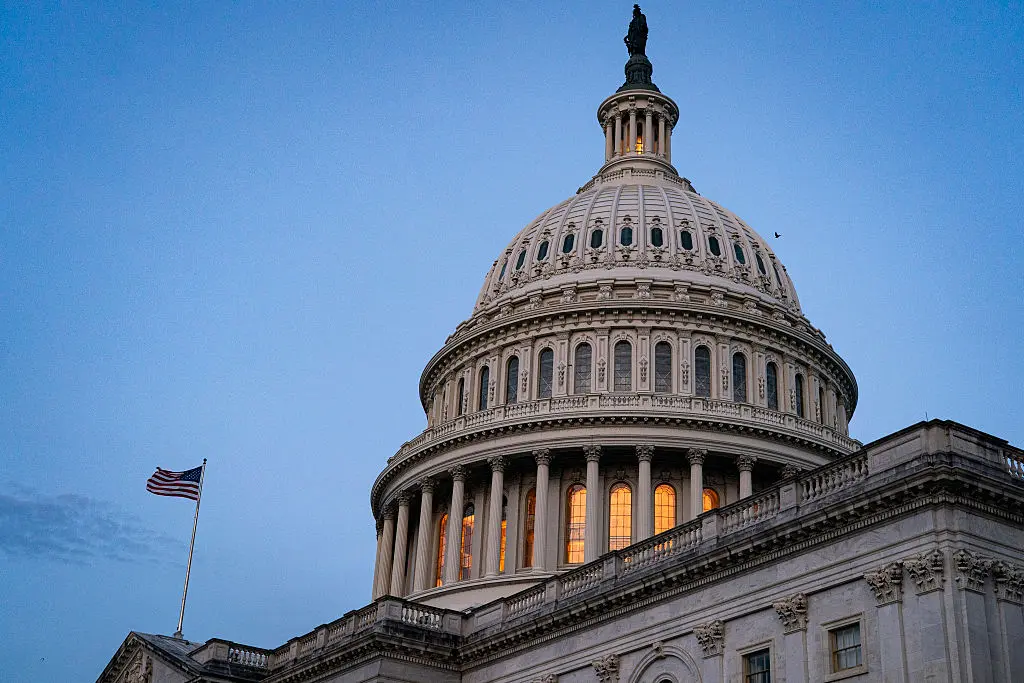U.S. job openings rose to a three-month high in December, but the number of employees quitting fell, suggesting that workers are growing less confident in their ability to find a better job and are staying put.
Job vacancies rose to roughly 9 million in December, an increase of around 100,000 compared to the prior month and the highest level in three months, the Labor Department’s Bureau of Labor Statistics said in its monthly Job Openings and Labor Turnover Survey (JOLTS) report.





